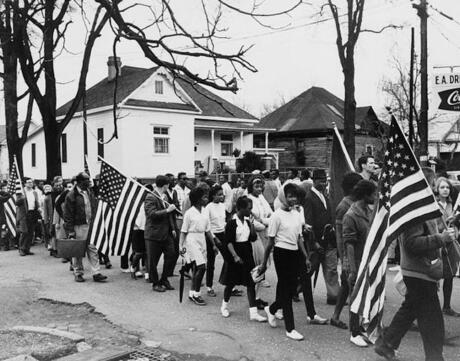
Exploring the Freedom Dreams of Past Generations: Culminating Lesson
At a Glance
Language
English — USSubject
- History
- Social Studies
Grade
9–12Duration
One 50-min class period- Democracy & Civic Engagement
Overview
About This Lesson
In this lesson, students choose three or four primary source documents encountered throughout their year-long study of US history in order to analyze how the individual or groups in the documents pursued their freedom dreams. Students will use these examples to envision the kinds of positive change they would like to see in their own communities, the nation, and the world, and reflect on the tools they need to enact such change.
Preparing to Teach
A Note to Teachers
Before teaching this lesson, please review the following information to help guide your preparation process.
Lesson Plans
Activities
Materials and Downloads
Quick Downloads
Download the Files
Download allExploring the Freedom Dreams of Past Generations: Culminating Lesson
Introducing Freedom Dreams: Culminating Lesson
Enacting Freedom Dreams: Culminating Lesson
Unlimited Access to Learning. More Added Every Month.
Facing History & Ourselves is designed for educators who want to help students explore identity, think critically, grow emotionally, act ethically, and participate in civic life. It’s hard work, so we’ve developed some go-to professional learning opportunities to help you along the way.
Exploring ELA Text Selection with Julia Torres
On-Demand

Working for Justice, Equity and Civic Agency in Our Schools: A Conversation with Clint Smith
On-Demand

Centering Student Voices to Build Community and Agency
On-Demand















